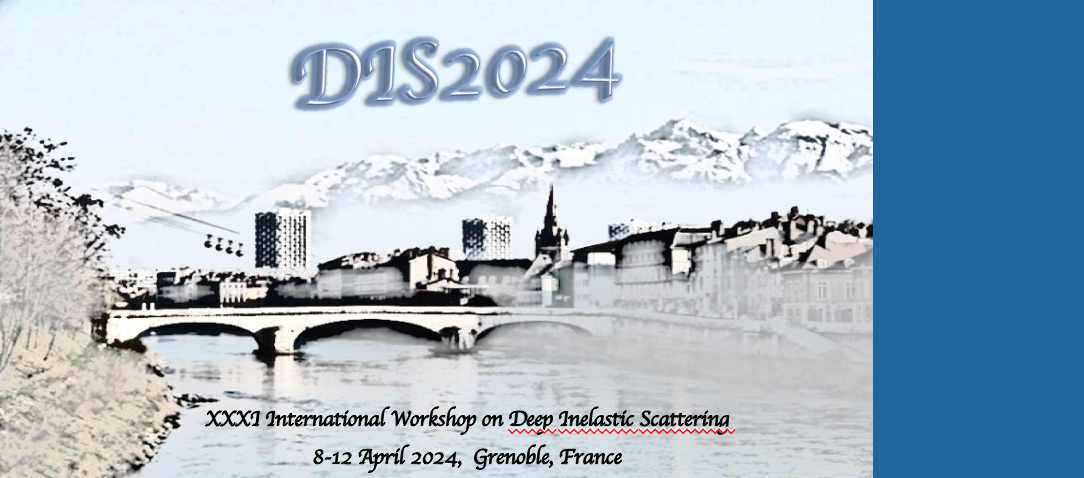Speaker
Description
Ultra-relativistic heavy-ion collisions provide strong electromagnetic fields that induce photo-nuclear interactions. These processes are well studied in ultra-peripheral collisions, where nuclear overlap is absent. When the emitted photon couples with the entire target nucleus, a vector meson (VM) like the J/$\psi$ can be coherently photoproduced. The coherence condition is characterized by the production of VM with low average transverse momentum ($p_{\mathrm T}$) of about 60 MeV/$c$ in Pb$-$Pb collisions, without breakup of the nucleus. Photoproduced charmonium are interesting tools for studying nuclear gluon distributions in the low Bjorken-$x$ regime, thanks to forward rapidity measurement at LHC energies. The observation of coherent J/$\psi$ photoproduction in A$-$A collisions with nuclear overlap has been claimed by various experiments in recent years. The observations are based on the measurement of a J/$\psi$ yield excess at very low $p_{\mathrm T}$ with respect to the expected hadronic J/$\psi$ yield. Other observables, such as the polarization of these charmonia, can be a golden test of their production mechanism, as the photon transverse polarization is expected to be transferred to the photoproduced VM due to $s$-channel helicity conservation. The measurements presented in this contribution are performed with the ALICE detector in the J/$\psi$ dimuon decay channel, in the forward rapidity region $2.5 < y < 4$. The preliminary measurements of the $y$-differential cross section of coherently photoproduced J/$\psi$ in Pb$-$Pb collisions with nuclear overlap and the first polarization analysis of inclusive J/$\psi$ in the low $p_{\mathrm T}$ region of interest will be discussed. Relevant theoretical models will be discussed and compared with measurements when available.

